Food and Nutrition > Study Notes > food & nutrition (All)
food & nutrition
Document Content and Description Below
Abstract Background: Lentinus edodes is a medicinal mushroom widely used in Asian countries for protecting people against some types of cancer and other diseases. Objective: The objective of the pr... esent study was to investigate the direct antiproliferation activity and the antitumor mechanisms of water-extracted polysaccharide (WEP1) purified from L. edodes in H22 cells and H22-bearing mice. Design: The extraction, isolation, purification, and structure determination of the water-soluted L. edodes polysaccharide WEP1 were performed. The growth inhibitory effects of WEP1 on H22 cells and H22-bearing mice were determined by 3-(4,5-Dimethylthiazol-2-Yl)-2,5-Diphenyltetrazolium Bromide (MTT) method and animal studies. Flow cytometry, scanning electron microscopy, and laser scanning confocal microscopy were used to observe the morphological characteristics of apoptotic cells. The levels of intracellular reactive oxygen species (ROS) were detected by flow cytometry using 2’,7’-dichlorofluorescein-3’,6’-diacetate (DCFH-DA). Western blot was used to determine the expressions of cell cycle proteins and apoptosis-related proteins. Results: Results showed that WEP1 with a molecular weight of 662.1 kDa exhibited direct antiproliferation activity on H22 cells in a dose-dependent manner. In vivo, WEP1 significantly inhibited the growth of tumor at different doses (50, 100, and 200 mg/kg) and the inhibition rates were 28.27, 35.17, and 51.72%, respectively. Furthermore, morphological changes of apoptosis and ROS overproduction were observed in H22 cells by WEP1 treatment. Cell cycle assay and western blot analyses indicated that the apoptosis induction activity of WEP1 was associated with arresting cell cycle at G2/M phase and activating mitochondrial-apoptotic pathway. Besides, WEP1 disrupted the microtubule network accompanied by alteration of cellular morphology. Conclusion: Results suggested that the antitumor mechanisms of WEP1 might be related to arresting cell cycle at G2/M phase, inhibiting tubulin polymerization and inducing mitochondrial apoptosis. Therefore, WEP1 possibly could be used as a promising functional food for preventing or treating liver cancer [Show More]
Last updated: 1 year ago
Preview 1 out of 13 pages

Reviews( 0 )
Document information
Connected school, study & course
About the document
Uploaded On
Jan 16, 2021
Number of pages
13
Written in
Additional information
This document has been written for:
Uploaded
Jan 16, 2021
Downloads
0
Views
71

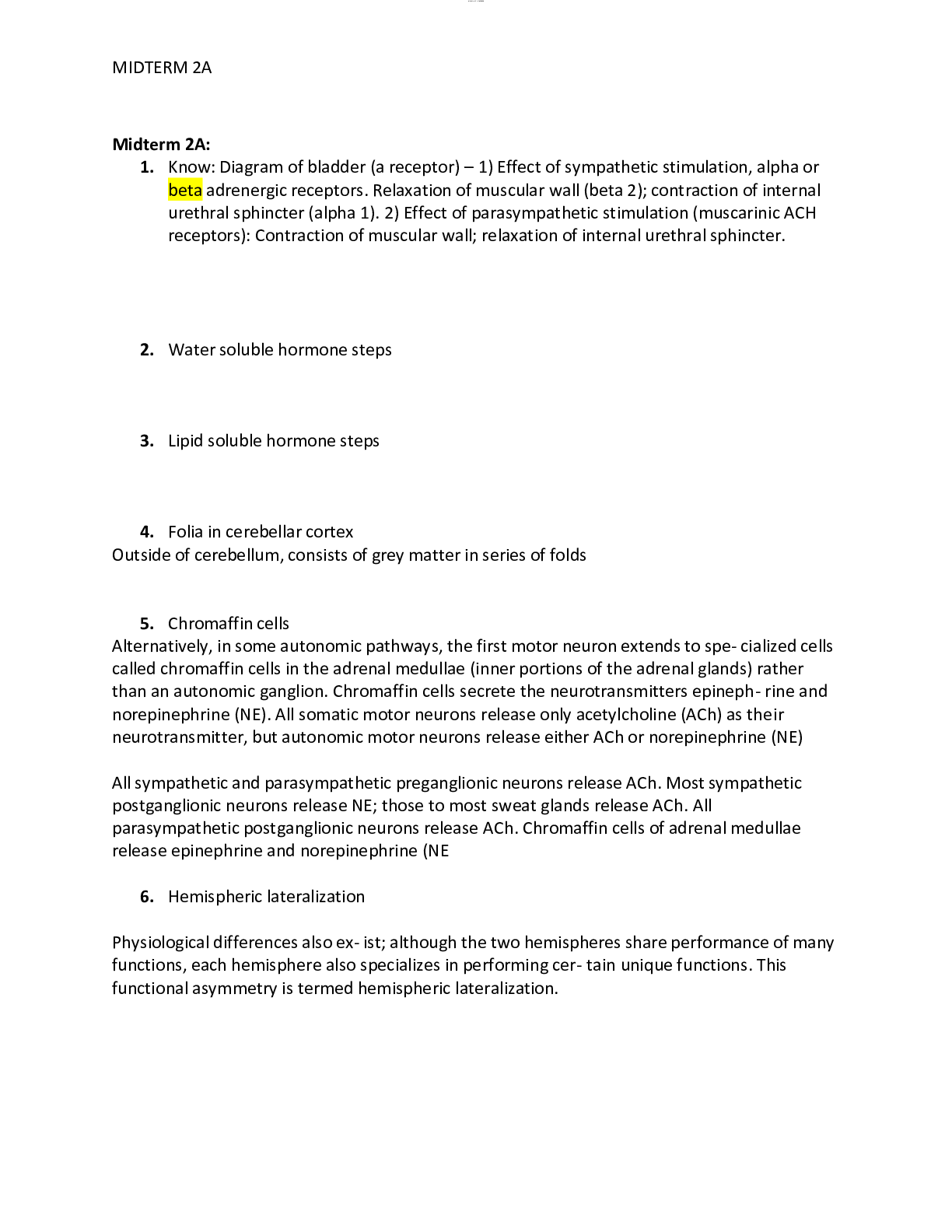
.png)
.png)

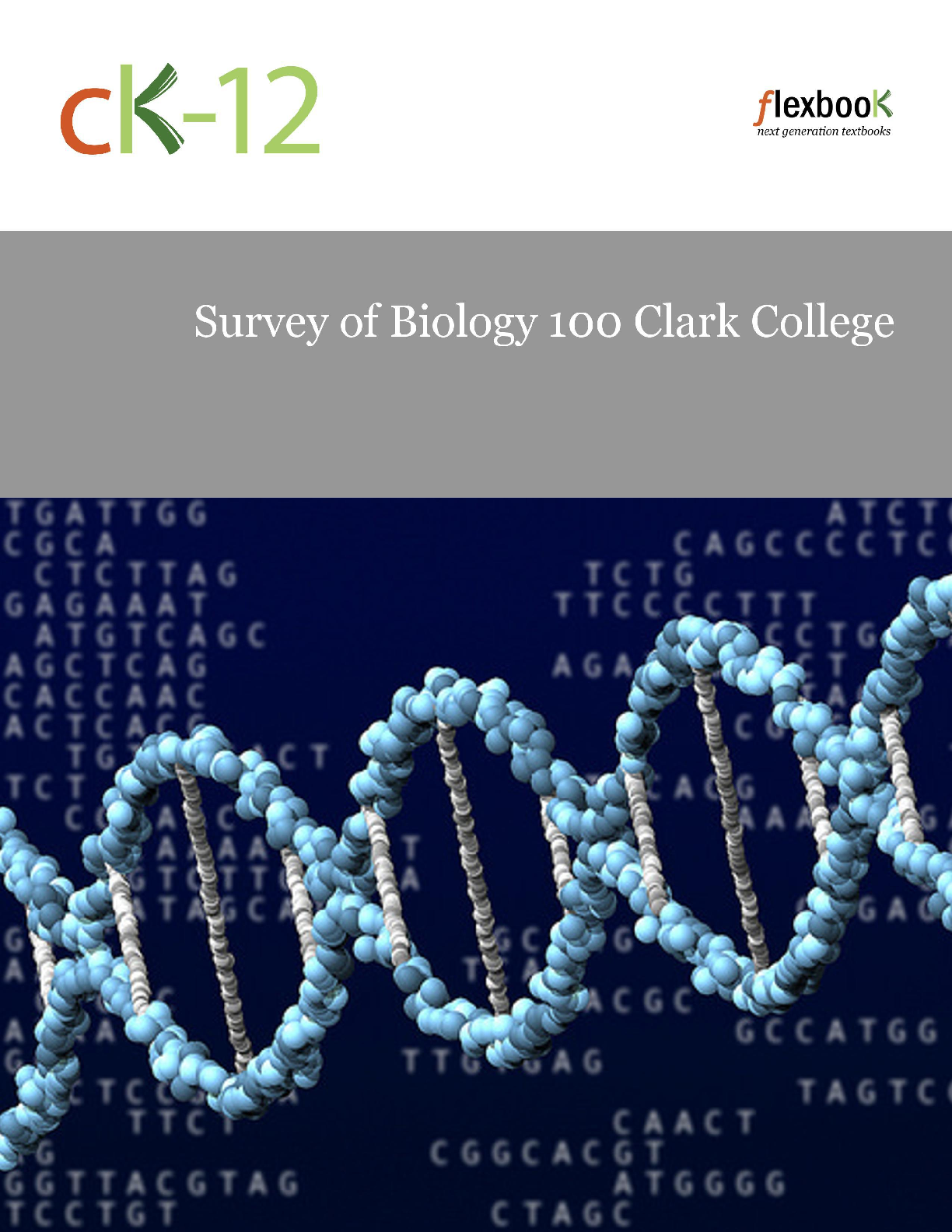
.png)
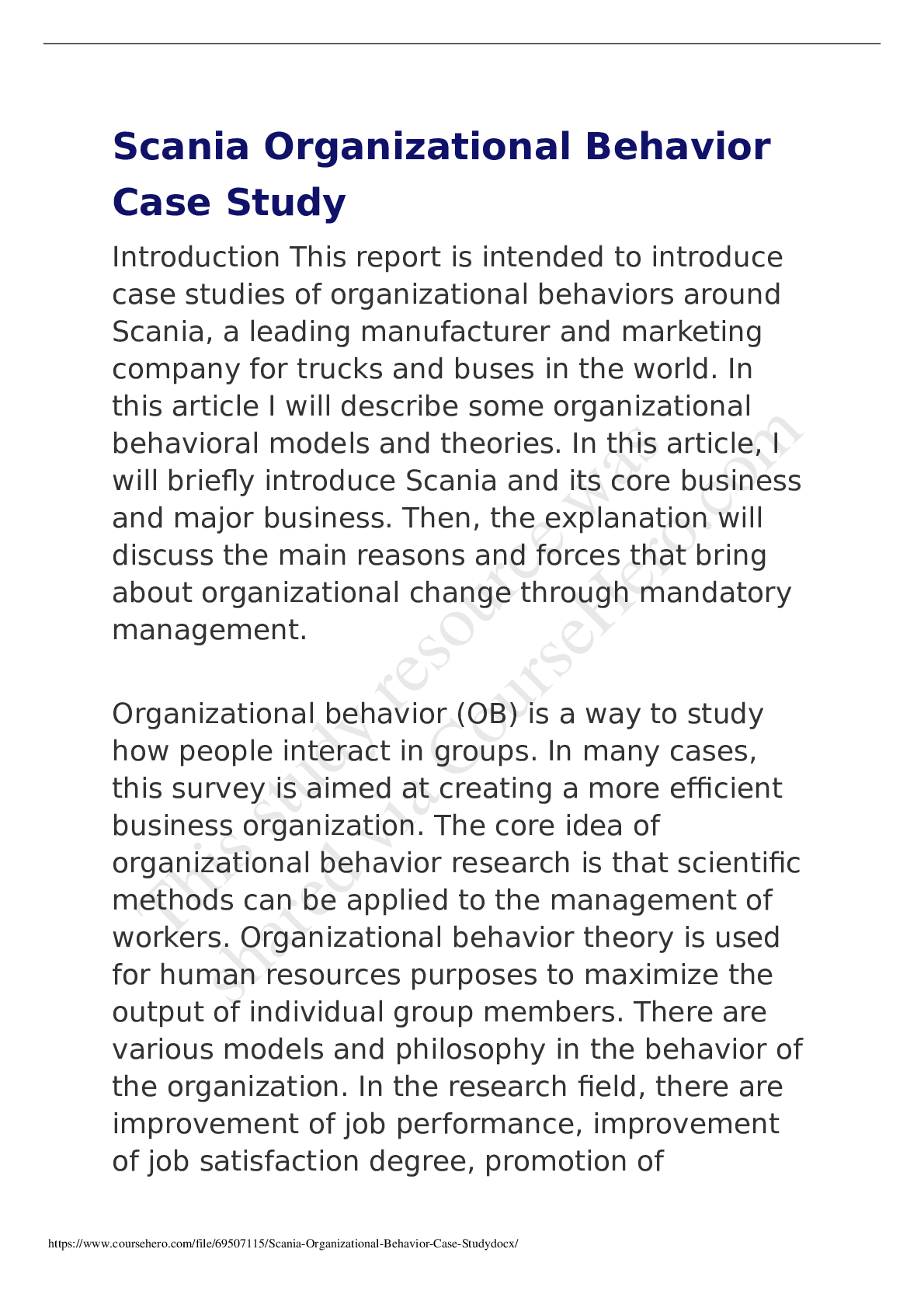




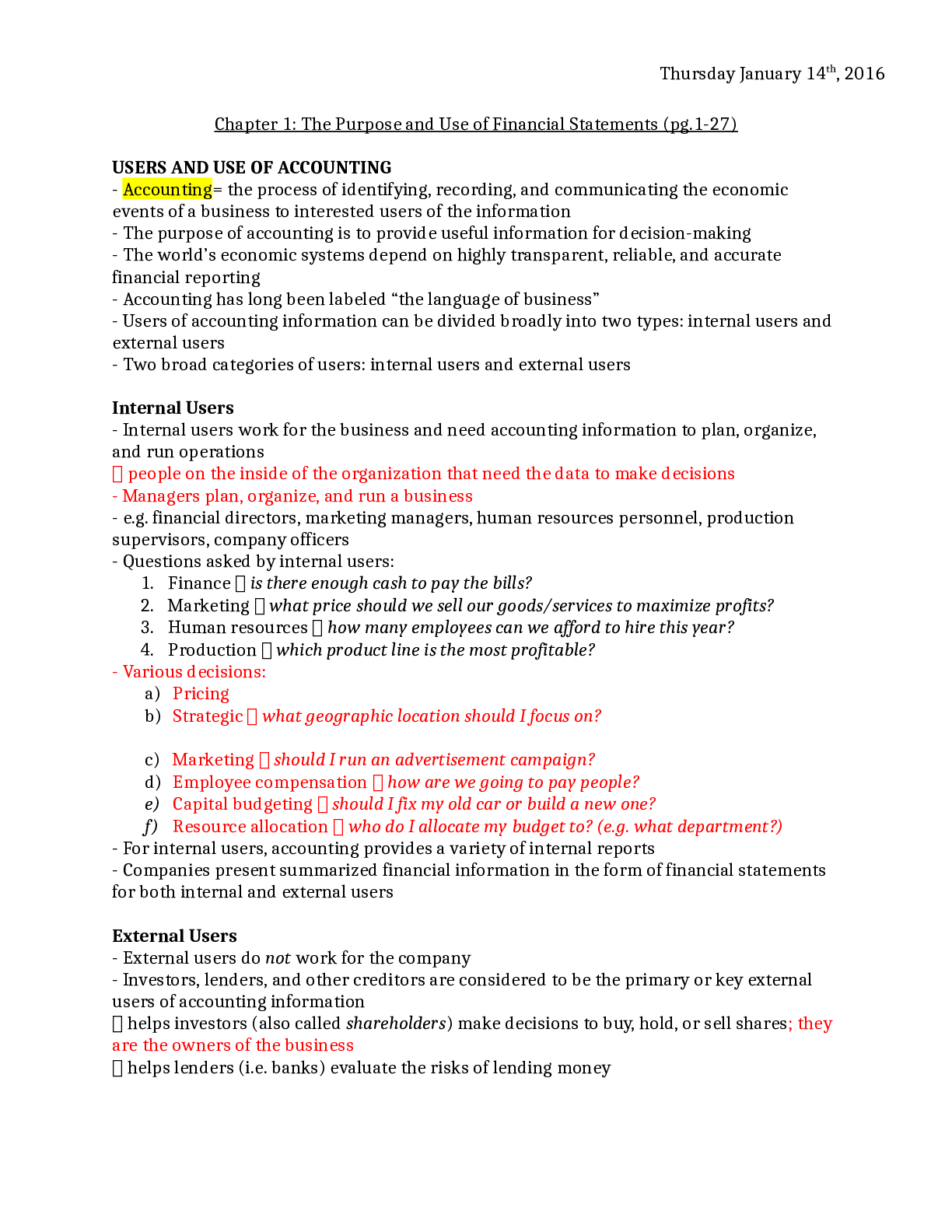






.png)





.png)

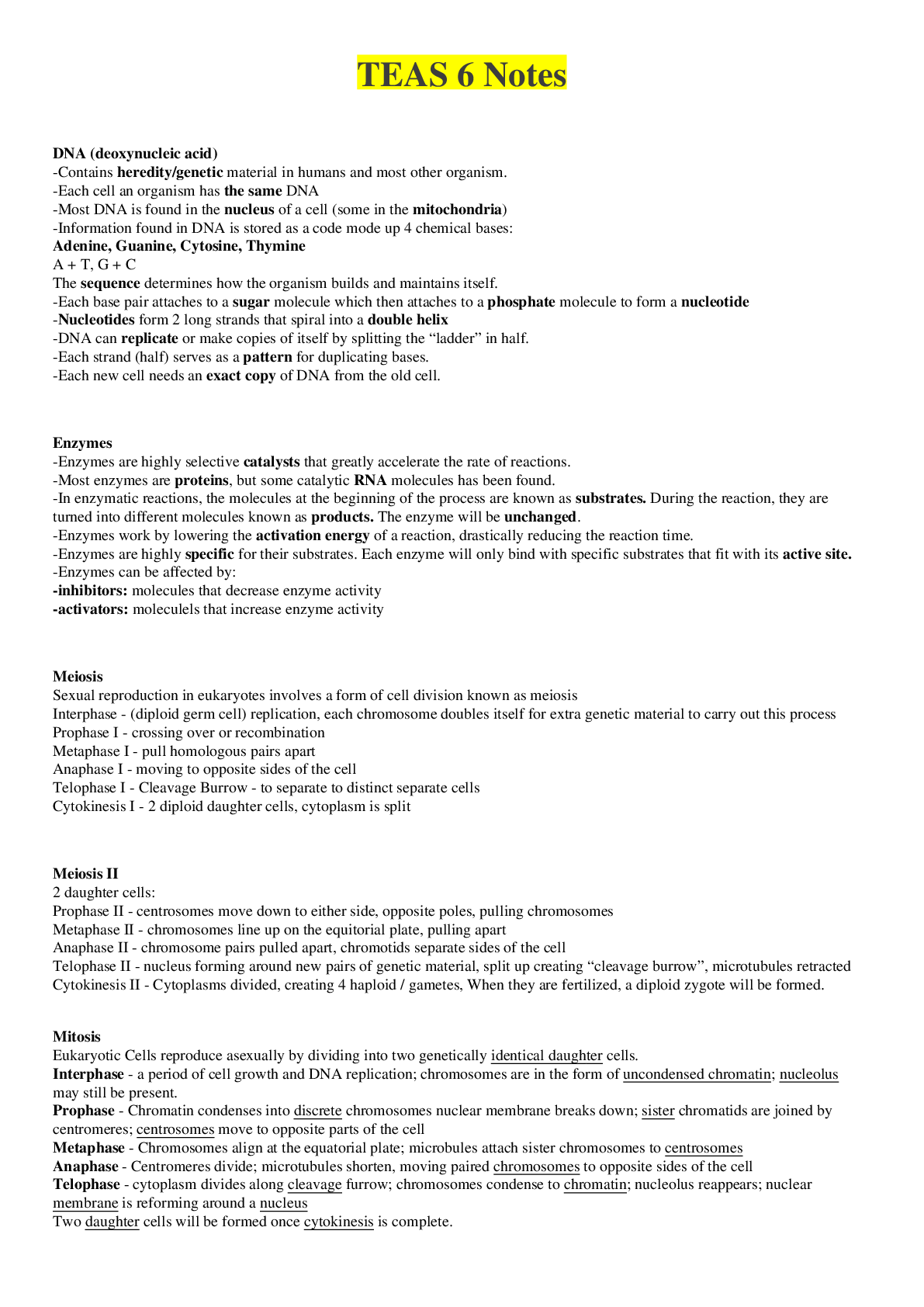

How Do Geographically Dispersed Teams Collaborate Effectively Paper.png)








